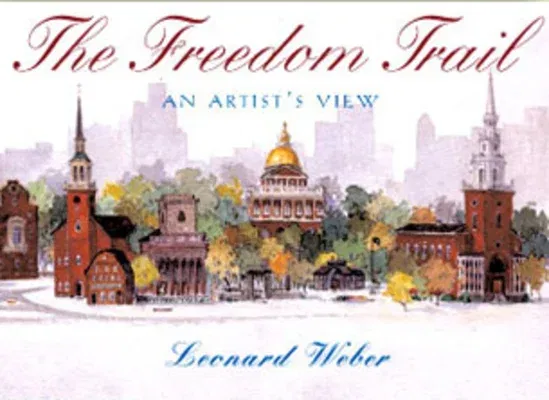Each year over three million people visit the Freedom Trail, a
two-and-one-half mile red brick line that tells a story over two
centuries old. In 1958, local journalist William Schofield had the idea
that Boston's revolutionary sights could be made more accessible to
residents and visitors, and conceived of the Freedom Trail. Tourists
were going berserk, he wrote, bumbling around and frothing at the mouth
because they couldn't find what they were looking for. Along with Bob
Winn of the Old North Church, Schofield convinced the city of Boston to
connect the dots between the historic sites and buildings that were the
birthplace of the American Revolution. A natural and easily accomplished
idea, a foundation was created that put the idea in place and gave it a
name. In this simple way, the Freedom Trail, known and beloved around
the world, was born. In addition to its great historical importance, the
beauty of the sites, sounds, and neighborhoods along the way made
walking the Freedom Trail an instantly popular activity. Some forty-six
years later, at the age of eighty-seven the artist Leonard Weber has
created a lasting tribute to those who established and maintained one of
the treasures of Boston's and the Nation's heritage. He has painted a
fold-out panorama of the whole horizon of Boston's revolutionary
history, a portrait of each of the sixteen landmarks together with a
selection of their most important artifacts--from the State House and
the Sacred Cod to the House and Tomb of Paul Revere, and on to Old
Ironsides and the Bunker Hill Monument. Len Weber's The Freedom Trail
is a visual treasure house of our nation's history, a glorious
rekindling of Boston's patriotic past in its present-day glory.

